If you’ve stumbled upon this article in search of keystone species examples, you’ve stumbled correctly.
Let’s start at the beginning, what exactly is a keystone species?
A keystone species is an organism that assists in establishing an entire ecosystem.
An ecosystem without the presence of its keystone species would be significantly different and may not exist at all.
If a keystone species were to disappear from an ecosystem, no other organism would be able to replace its ecological niche. This means keystone species have a low functional redundancy.
A keystone species can take the form of any organism, from plants to mammals, and does not have to be in excess within a particular ecosystem. However, almost all keystone species have a major influence on food webs.
Before we dive in, I’d like to recommend the Photo Ark by Joel Sartore for all wildlife enthusiasts.
Jane Goodall herself said this about the book: “This is one of the most scientifically important—and artistically brilliant—books ever.”
(The book is available on Amazon. You can view it here.)
(Some links in this post may be affiliate links. If you make a purchase through one of these links, we may earn a small commission at no extra cost to you. Please see our disclosure policy for more detail.)
Table of Contents
Why are keystone species of such significance for the environment?
The importance of keystone species comes down to how they interact with the other organisms within their ecosystem. They essentially maintain the populations of all the other organisms.
An ecosystem that loses even only one of its keystone species could trigger a chain reaction of negative events, which could lead to the collapse of the entire food web.
A well-documented example of this was the killing/removal of wolves in Yellowstone National Park between the years 1900 – 1926.
Once the wolves were exterminated, elk populations began to rise. This allowed substantial overgrazing which in turn led to soil erosion and plant death. Over the next few years, conditions at Yellowstone National Park declined drastically.
Vegetation became more and more scarce and riverbanks began to erode and recede, causing the rivers to widen. The overall temperature of the river began to get warmer, as there were no trees to shade and cool the river. Because of warmer river temperatures fish species became less abundant and birds that nested close to the river no longer had a place to build their homes. Willow trees also began to die off, which forced the beavers to migrate, as they use these trees to build their dams.
The negative effects on the park were so considerable that by 1991 the congress directed the U.S. Fish and Wildlife Service to develop an Environmental Impact Statement (EIS) for the express purpose of reintroducing wolves into Yellowstone National Park.
Since the reintroduction in 1995, Yellowstone National Parks’ conditions have improved exponentially.
Check out this infographic below, explaining the importance of gray wolves as a keystone species for Yellowstone National Park.
23 Examples of keystone species
Now that you have learnt the important role wolves had within their particular ecosystem, we’d like to introduce to you 23 more examples of keystone species living on our planet today.
African Elephant
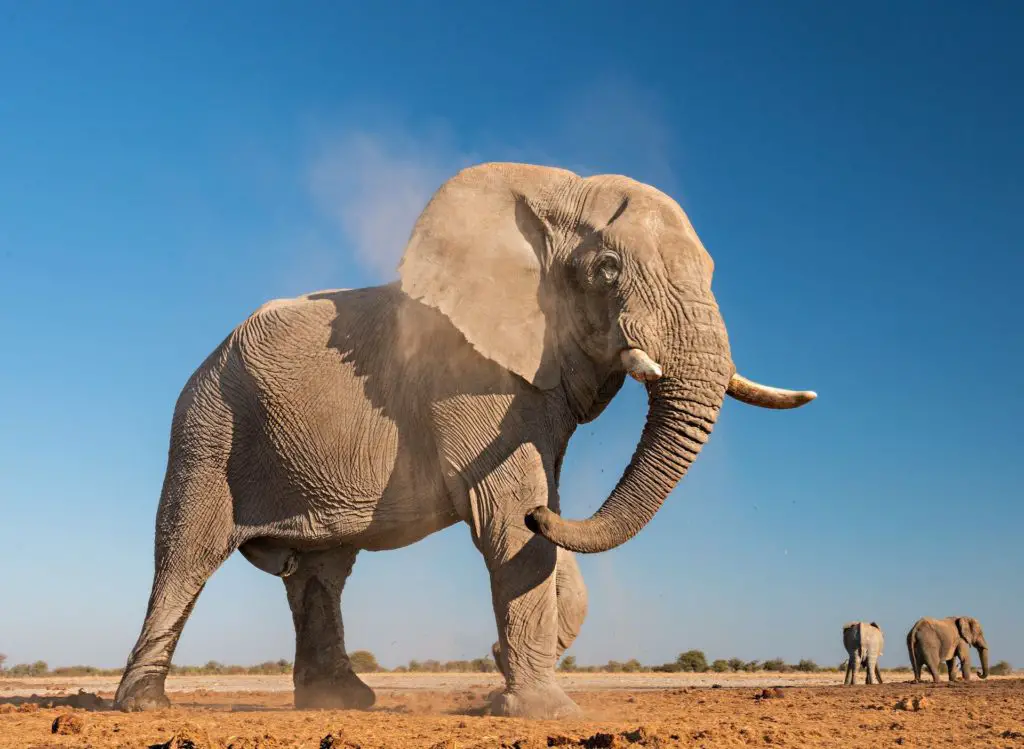
It’s fascinating how big of an impact the African elephant has on its ecosystem, the Savannah.
During the dry season, which typically lasts between 5-7 months, elephants use their enormous ivory tusks to dig for water. This not only allows them to survive in extremely arid conditions or when droughts strike, but it also provides life-sustaining water for other animals.
Forest elephants create maze-like networks in the vegetation as they eat. These networks allow new plants to grow and create paths for smaller animals to roam through the thicket.
In savannahs, elephants feeding on shrubs and tree sprouts assist in keeping the vast plains open, allowing other game such as wildebeest to roam and inhabit these ecosystems freely.
If you’ve ever been on safari, I’m sure you’ve noticed large quantities of dung, sometimes right next to your camp. Well, this dung is in fact chockablock with seeds. Seeds that when deposited sow and grow into wonderful new bushes, grasses and trees, which boost the overall health of the savannah ecosystem.

Beaver
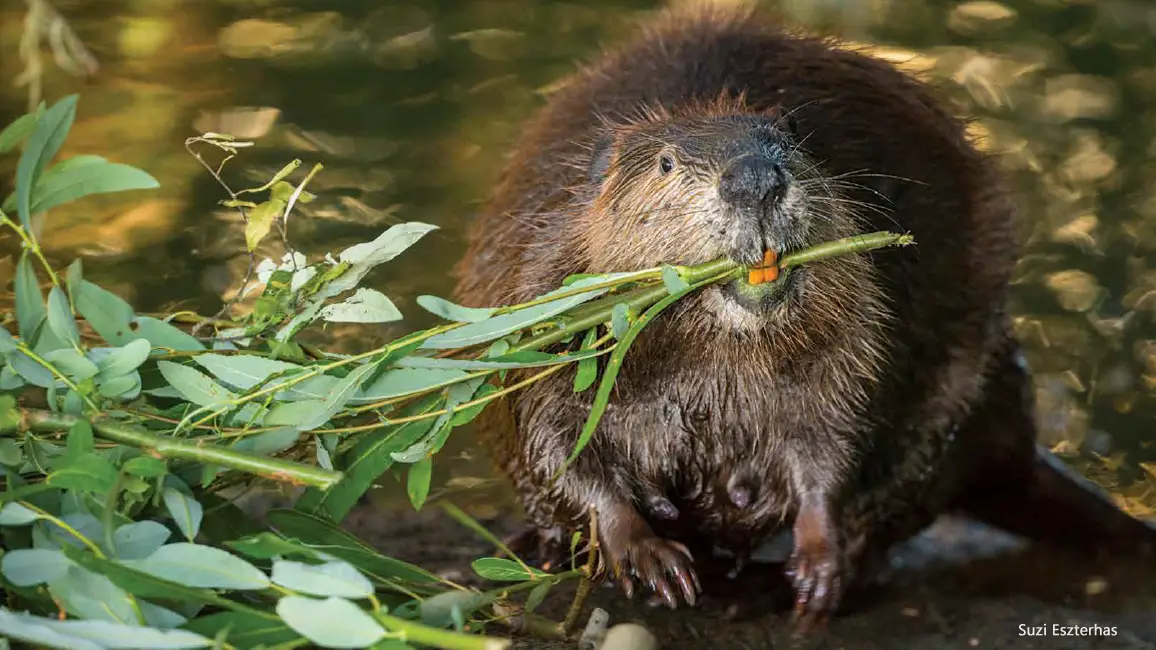
A beaver can bite through a 15 cm wide piece of aspen wood within 20 minutes. They have extremely powerful jaws. It’s these jaws that help them create wetlands and build dams.
In some parts of the world, beavers were hunted close to extinction. They were killed for their fur and to prevent them from manipulating man-made landscapes.
However, recent studies have shown how important the beaver is for other species and their habitat. Dams built by beavers create ideal spawning grounds for salmon. The dams act as the perfect filter, removing fine sediment, which is ideal for salmon eggs.
These dams also cause the formation of wetlands. And wetlands actually absorb more CO2 from the air than forests. This essentially means that beavers actually play a pivotal role in our fight against climate change.
I thought I’d share a beaver brain tease with you guys. During the Pleistocene period (2,58 million years ago), beavers of enormous size existed. Some grew up to 2.1 m long, weighing in at close to 300 pounds (136kg).
Can you imagine the impact a beaver of that size must have had on our environment, or how strong their jaws must have been?
If you’d like to read more about beavers as a keystone species click this link.
Bee
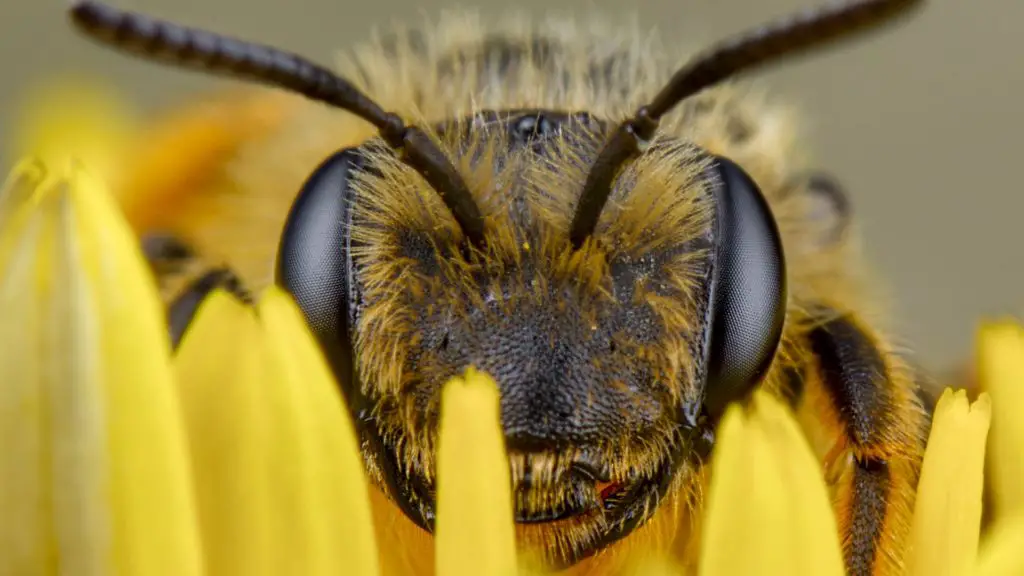
Bees have been declared the most important species on the planet, which comes as no surprise as they provide food and shelter to a humongous diversity of organisms.
Bees make perfect examples of keystone species, they promote sustainability among ecosystems by cross-pollinating many different plant species. This provides food and shelter for a variety of organisms.
It’s that variety of organisms that attract many types of predators, and so the chain continues. One tiny break in this chain could cause the entire ecosystem to collapse.
Learn about climate change and how it affects animals and their ecosystems here.
Grizzly Bear
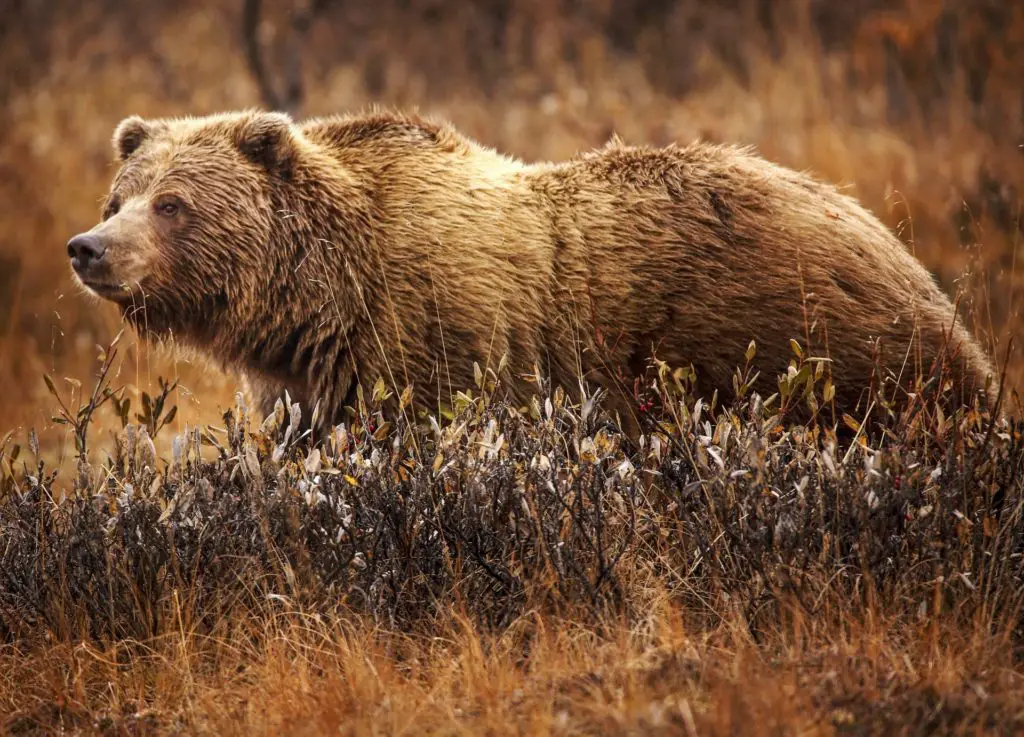
Thanks to the beaver, the grizzly bear has dinner. When the bears drag their meal (Salmon flesh) from the lake across to the forest, they naturally distribute important nutrients such as nitrogen and phosphorus into the soil. It’s these nutrients that help the flora of the forest to grow.
Grizzly bears are also known to use their sharp claws (which are 10cm long) to dig for roots and bulbs. Unbeknownst to them, they indirectly rake the soil. This allows organic material on the surface to mix with the soil layers below, enabling air to penetrate the soil and thereby increasing the growth of many wildflowers.
Like the wolf, grizzly bears keep elk and moose populations in check. After reading the history of Yellowstone National Park, I’m sure you understand the importance of population control.
Hummingbird
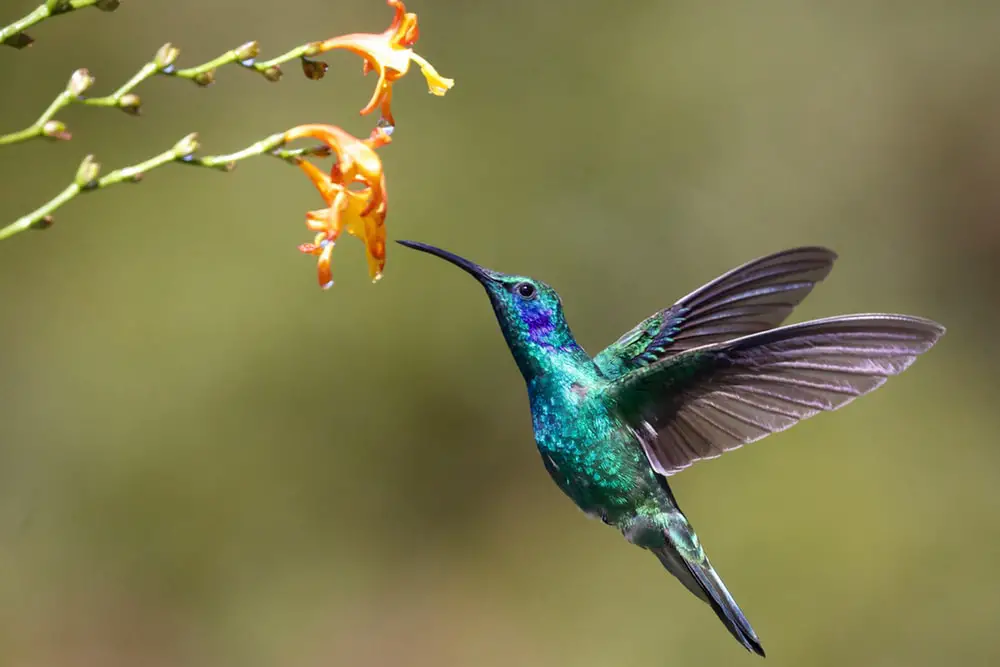
The hummingbird almost never stops flying. In fact, their legs are so weak that they barely walk when actually on the ground. But when your wings beat 80 times per second, I think it’s hardly necessary to walk anywhere.
In the dense forest of Patagonia, there’s a hummingbird species called Sephanoides sephanoides. This keystone species pollinates close to 20% of the entire local woody flora on its own. There are actually quite a few plants that rely entirely on the hummingbird in order to be pollinated.
If these golden snitch-like birds were to disappear, the diversity of vegetation would decline abruptly. Some species may even face extinction.
Ivory Tree Coral
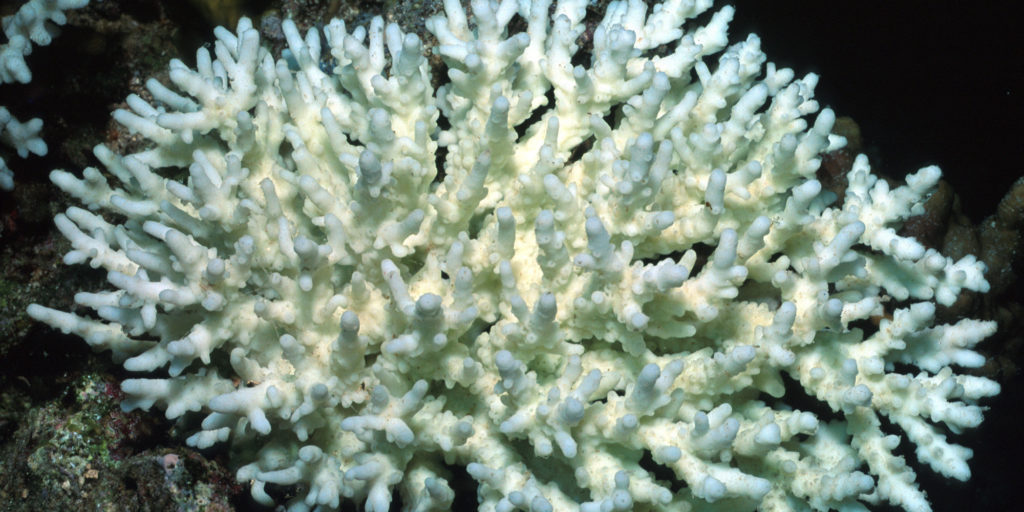
Although coral looks like a plant, it is in fact made up of hundreds of thousands of tiny coral creatures called polyps.
The ivory tree coral, also known as Oculina, is a slow growing delicate branching coral that grows in colonies of up to 5 feet (152cm) tall and 6 foot (182cm) wide. They are mostly found in the Caribbean sea, Gulf of Mexico, off the coast of Florida and Bermuda.
The reason Oculina is a keystone species, is that over 300 species of invertebrates have been found living in the brittle branches of the coral.
Without ivory tree coral, 100’s of species would be homeless.
Jaguar
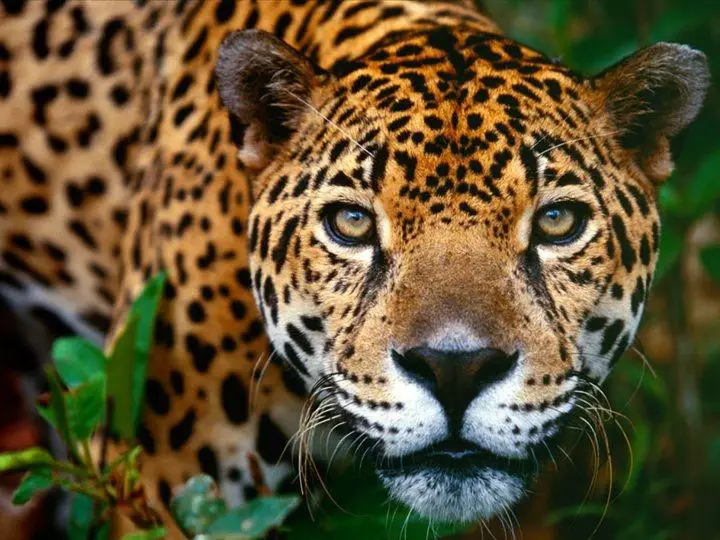
The jaguar’s present range extends from Mexico, across much of Central America, all the way south to Paraguay and northern Argentina. The largest population (around 2000 individuals) lives in the Amazon rainforest.
Being an apex predator, jaguars play a crucial role within their ecosystem. They keep herbivore numbers, such as peccaries, tapirs and deer in check. Herbivores, who would otherwise decimate plant species, if left to roam freely.
Pacific Salmon
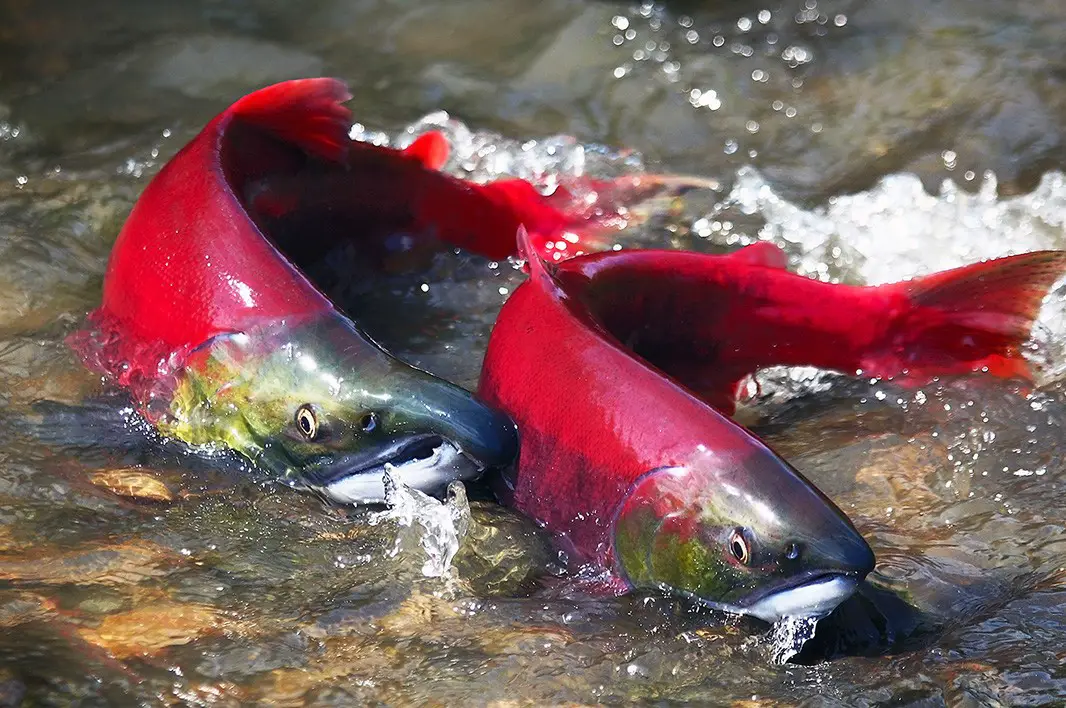
Salmon are some of my favorite examples of keystone species.
Every summer, after 1 – 7 years of feeding in the ocean, millions of salmon make miracle migrations from the North Pacific and Bering Sea back to their place of birth.
Incredibly, they find their way back to their original freshwater home by a memory of complex smells and navigate using the earth’s magnetic field.
Once salmon reach their place of birth, they will spawn and then die.
More than 40 species of vertebrates, birds and mammals directly benefit off of these annual salmon runs. Returning salmon bring with them millions of nutrients from the oceans to the nutrient poorer ecosystems of the Pacific Rim.
In 1980, over 20 million salmon fish spawned in the Kvichak river watershed of Alaska. Assuming each fish weighed an average weight of 5.9 pounds (2.6kg), this indicates that around 118 million pounds of biomass were distributed throughout the watershed. And with it important nutrients, estimated at about 55,000 pounds (24,947 kg) of phosphorus, 40,000 pounds (18,143 kg) of Nitrogen and 590,000 pounds (267,619 kg) of Calcium.
Prairie Dog
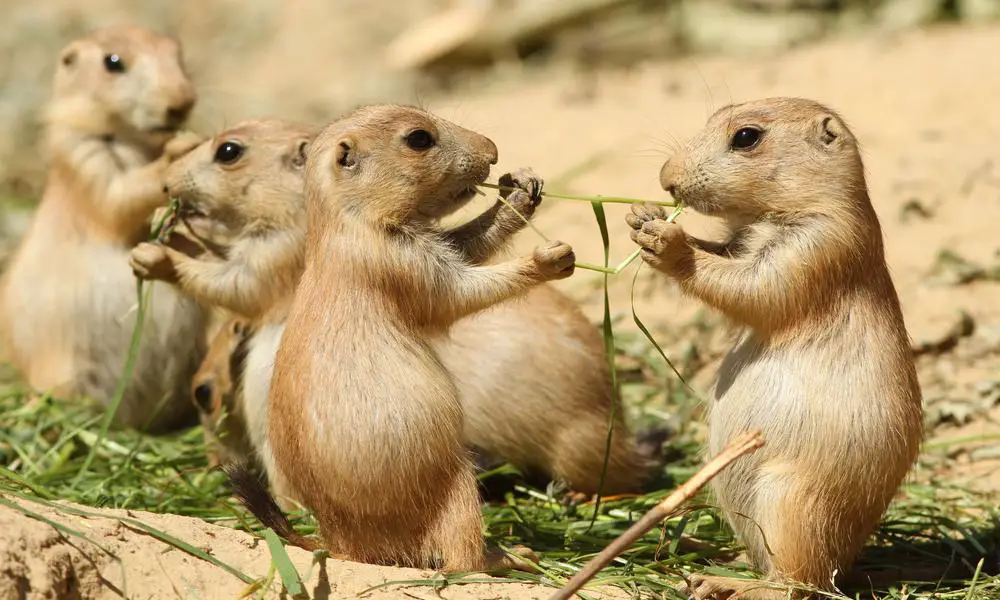
Although 13 225 pounds (5999 kg) lighter than the African elephant, the prairie dog has a similar impact on its environment.
Prairie dogs are herbivores, they eat different sorts of grasses and do an excellent job at keeping them trimmed. This allows a diverse amount of plant species to grow in unison by sharing the same habitat. Insects, birds, and all sorts of wildlife benefit from this.
By keeping the grass trimmed, prairie dogs even alter the water cycle during arid conditions. Less plant surface equals less water evaporation. More water stored in the soil means greener grass for a longer period of time. In turn, this allows animal species to feed for a longer time.
Prairie dogs live underground in a complex network of burrows. These burrows actually encourage water infiltration into underground aquifers, aerate soil, distribute nutrients, and even provide a home for other small wildlife.
Seo Otter
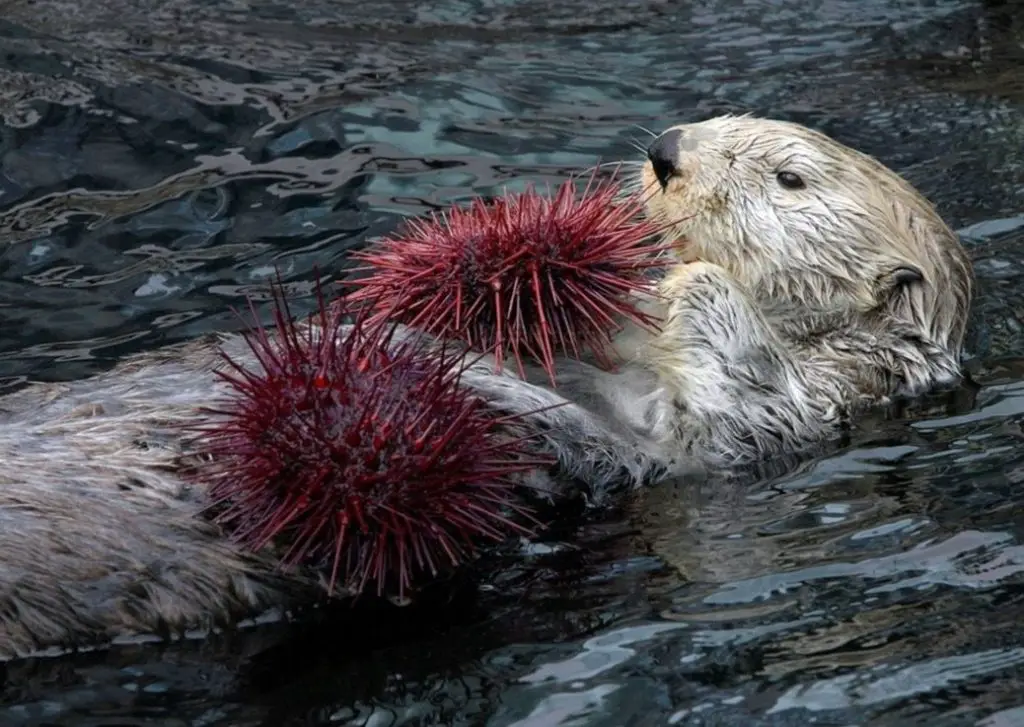
Sea otters spend their entire lives out in the oceans. They even sleep out at sea.
Sea otters are large, growing up to 1.5m and weighing up to 100 pounds (45 kg).
They have the thickest fur of any animal, in fact their fur is so thick that their skin never gets wet.
Sea otters have an interesting feeding method. They dive down to the ocean floor, collecting sea urchins and other invertebrates along with a single rock. When at the surface, sea otters float belly up. They position the rock in the middle of their bellies where it’s used as a table to crush their shelled prey against.
Sea urchins eat kelp, and beavers eat an immense amount of sea urchins (up to 1500 a day). In this way they ensure the health of kelp forests. Fish and mussels thrive in kelp forests.
Importantly though, rich kelp forests – enriched by sea otter activity – play an extremely important role in maintaining the global health of our environment.
Healthy kelp forests have the capacity to potentially absorb billions of kilograms of carbon.
James Estes, an American marine biologist who has studied wildlife in the north Pacific Ocean for the past 45 years, has revealed: “Our results were eye-opening. […] The difference in annual absorption of atmospheric carbon from kelp photosynthesis between a world with and a world without sea otters is somewhere between 13 and 43 billion kg (13 and 43 tera-grams) of carbon”.
Star Fish
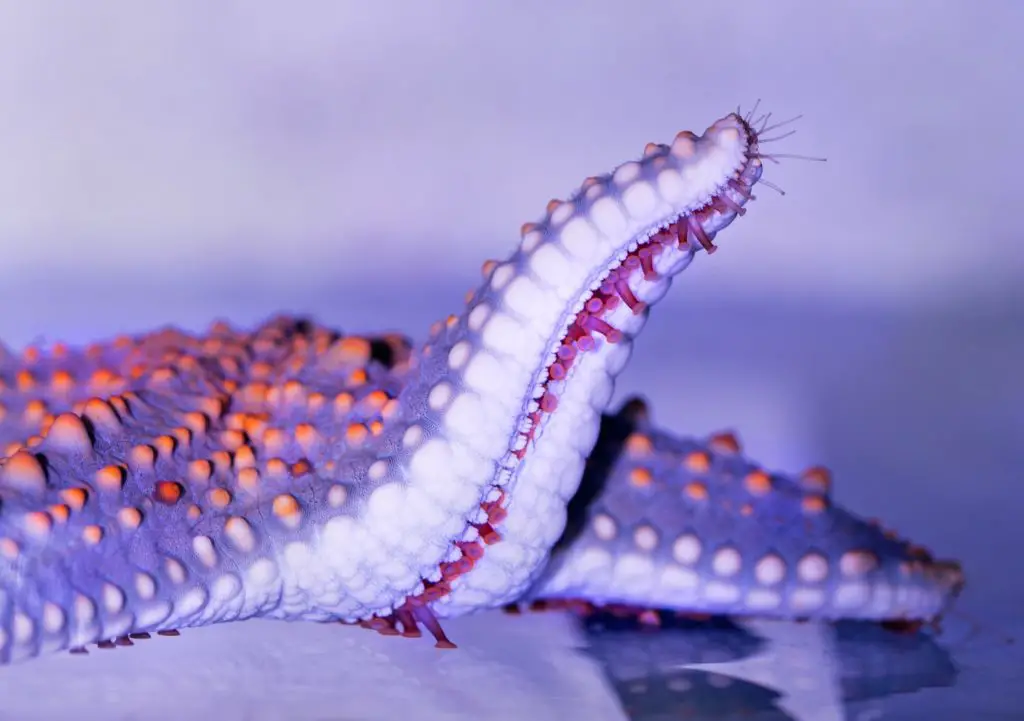
The starfish ‘Pisaster ochraceous’ is a keystone species located in the rocky marine intertidal communities off the northwest coast of North America.
This predatory starfish is responsible for most of the local diversity of species within its area. That is because they feed primarily on mussels.
As an experiment, marine biologists removed the starfish to see what would happen. Mussel populations expanded rapidly, so much so that they covered the entire rocky intertidal shores. As a result, no other species could establish themselves amongst the mass of mussels.
However, the starfish ‘Pisaster ochraceus’ has little to no effect in other areas.
Therefore, a species can be a keystone species in some communities but perhaps not in others.
Sharks
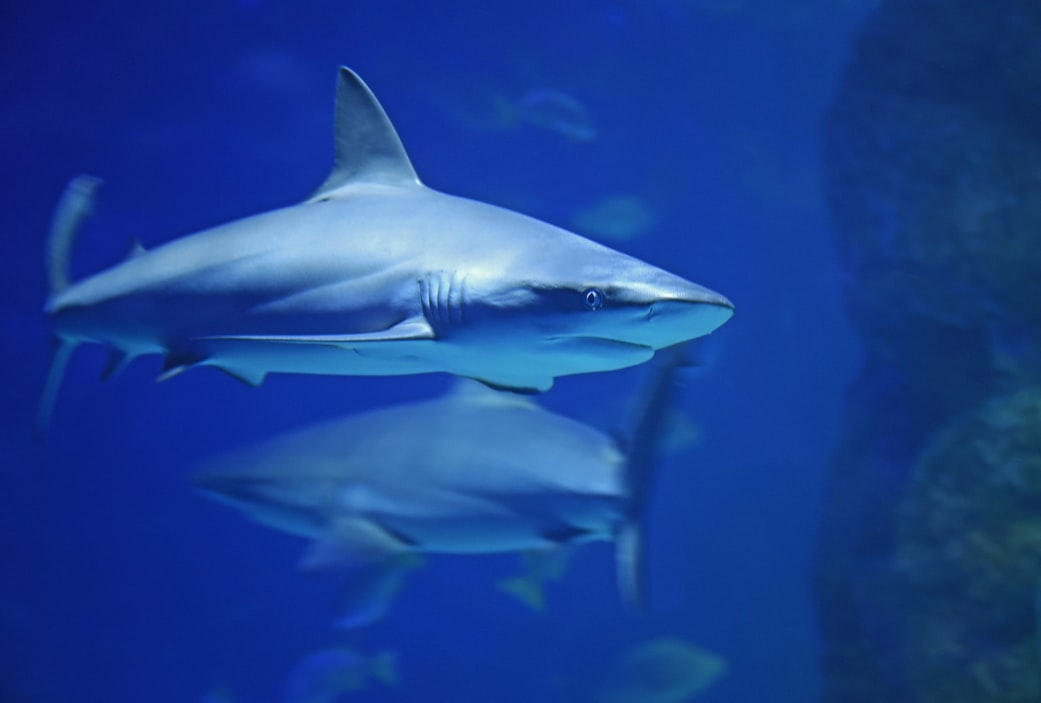
For the last 400 million years (ponder upon that timeline for a moment), the entire ocean health system has depended on sharks more than any other marine predator.
Sharks have a knack for the weak and sickly and prey on many different fish species and marine mammals. They even take care of leftovers by scavenging the seabed, picking clean carcasses.
In doing so, they help regulate fish populations and prevent the spread of infectious diseases.
Literally, the whole marine ecosystem depends on sharks. Without them the scales would tip and the ecosystem collapse.
Sharks are one of the most important keystone species in the ocean.
Snow Geese
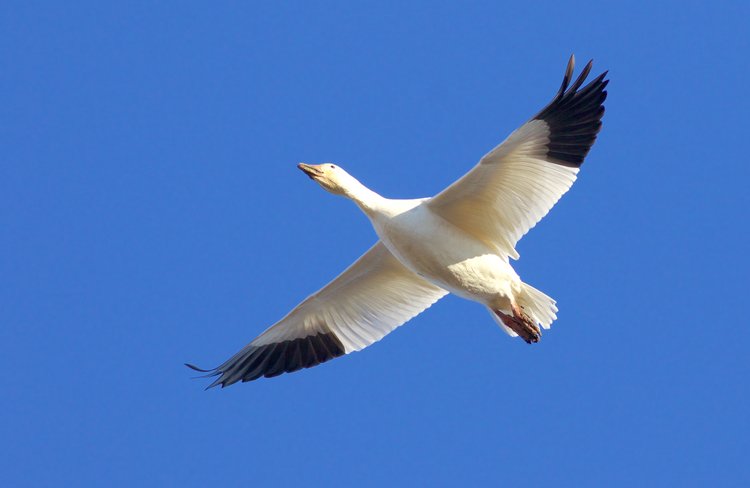
When snow geese graze the vast grasslands of the tundra, it creates diverse habitats, allowing different animal species to thrive.
They also assist in maintaining arctic fox and wolf populations, which feed on the snow goose in abundance.
This is actually a good thing because if snow geese populations exceed a certain number, they begin to overgraze the land during the early breeding season. Thus, they compromise not only their own breeding success, but also the success of other nesting shorebirds.
If you’d like to read more about the snow goose, check out Madison Audubon’s featured article.
Sugar Maple
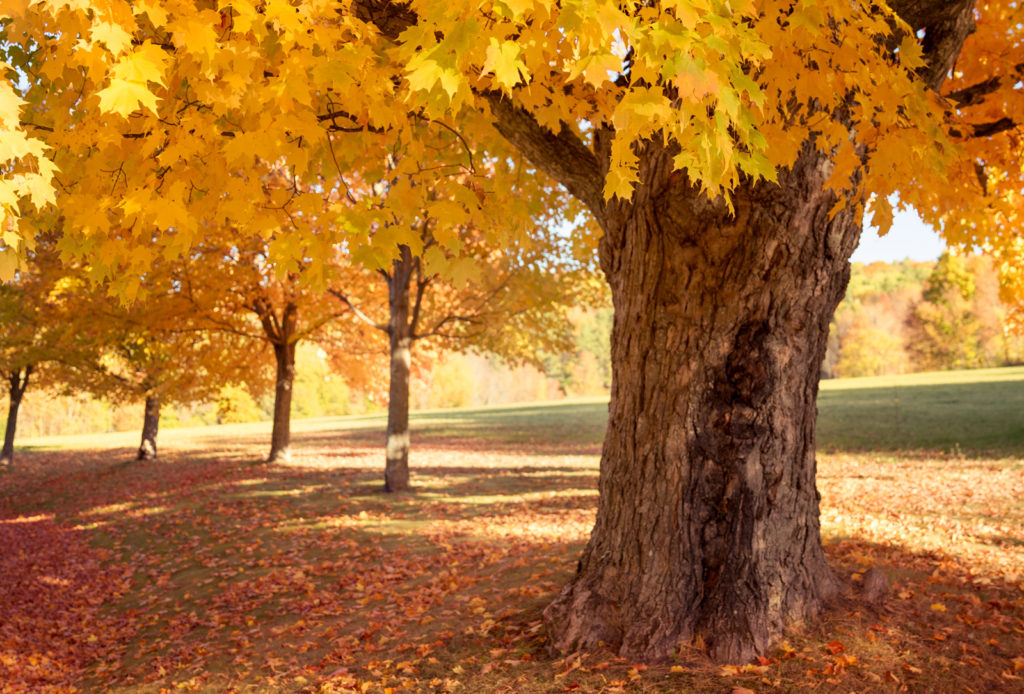
Does the leaf of a sugar maple tree look familiar to you?
Did you get it?
Right, the sugar maple leaf is the national emblem of Canada.
The sugar maple is an ecologically significant element of deciduous forests in the Northern and central US. They form bonds with other tree species like the yellow birch, white ash, red oak, beech, and many others.
The sugar maple is the mother Theresa of all trees. They have the distinct ability to transfer water from moist soil via their roots to regions of drier soil. This redistribution of water can aid trees struggling with drier soil.
The process is known as hydraulic transfer.
Red Mangrove
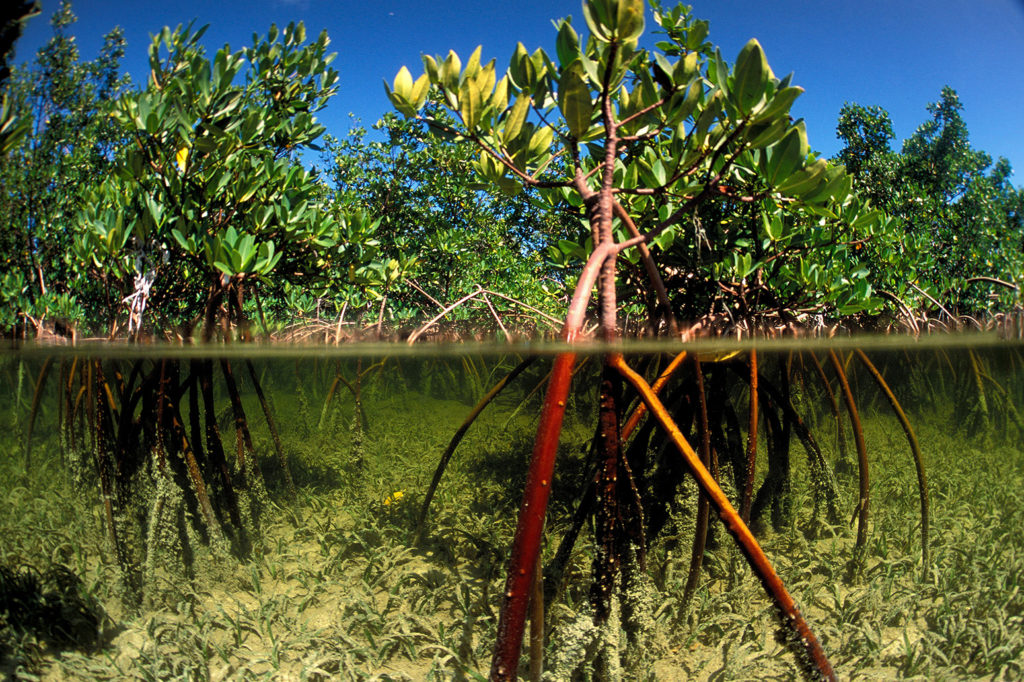
Mangrove forests are absolutely essential for a healthy habitat in some parts of the world and a prime example of a keystone species.
Red mangroves are particularly important because they are found along the shoreline. Their submerged roots act as eco-haven for fish and crustaceans.
Red mangroves also provide a nursery habitat for larger organisms, such as the endangered American crocodile, Florida panthers and West Indian manatees.
Even humans living along the coastline rely heavily on red mangrove forests for protection. During intense storms, the mangrove forests act as a safe haven, preventing erosion and calming savage waves from breaking against the coastline villages.
Although their significance is recognized, red mangrove forests are starting to face many human induced threats, such as pollution and habitat destruction.
Climate change may also pose a serious threat for mangroves. Rising sea levels will force the mangroves landward out of their natural habitats.
The alarming effects of climate change can be seen today.
Parrot Fish
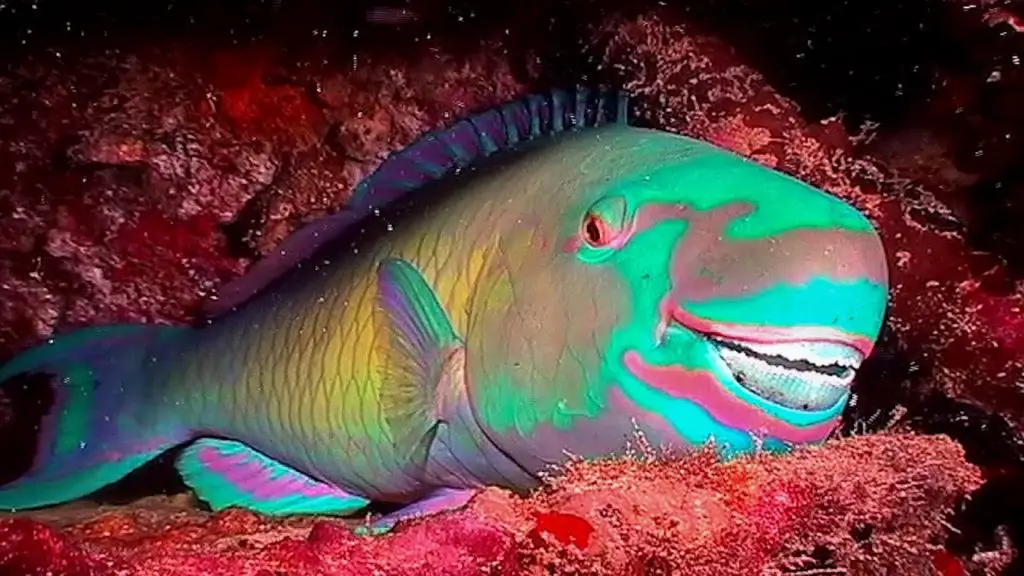
Parrotfish and their abnormal buck teeth take care of coral reefs. Day in and day out these fish stop by coral reefs and feed on algae and coral branches. They remove all broken pieces of coral and clean the surfaces.
Incredibly, a single fish can consume a whopping 9920 pounds (4500 kg) of material a year. (To put that in perspective for you, the average American eats over the course of one year only 1996 pounds (905 kg).) That’s a lot of coral.
I bet you’re wondering what their teeth are made out of now? Don’t worry, I’ve got you covered.
Parrotfish teeth are made out of a material called fluorapatite which contains calcium, fluorine, phosphorous and oxygen. Their teeth are made out of the second-hardest biomineral in the world. Fluorapatite scores a solid five on the Mohs’ hardness scale, making their teeth harder than copper, silver and gold.
Okay, back to why these fish are important.
Keeping algae species in check is super important. Left untouched, the algae would spread and dominate coral reefs. Once this happens, the healthy balance of coral reef systems is irreversibly disrupted.
Under extreme conditions, some invasive algae species actually kill off coral reefs, which would destroy the habitat of nearly 25 percent of all marine species.
Parrotfish and their teeth are important.
Read more about the fascinating parrot fish on National Geographics here.
Krill
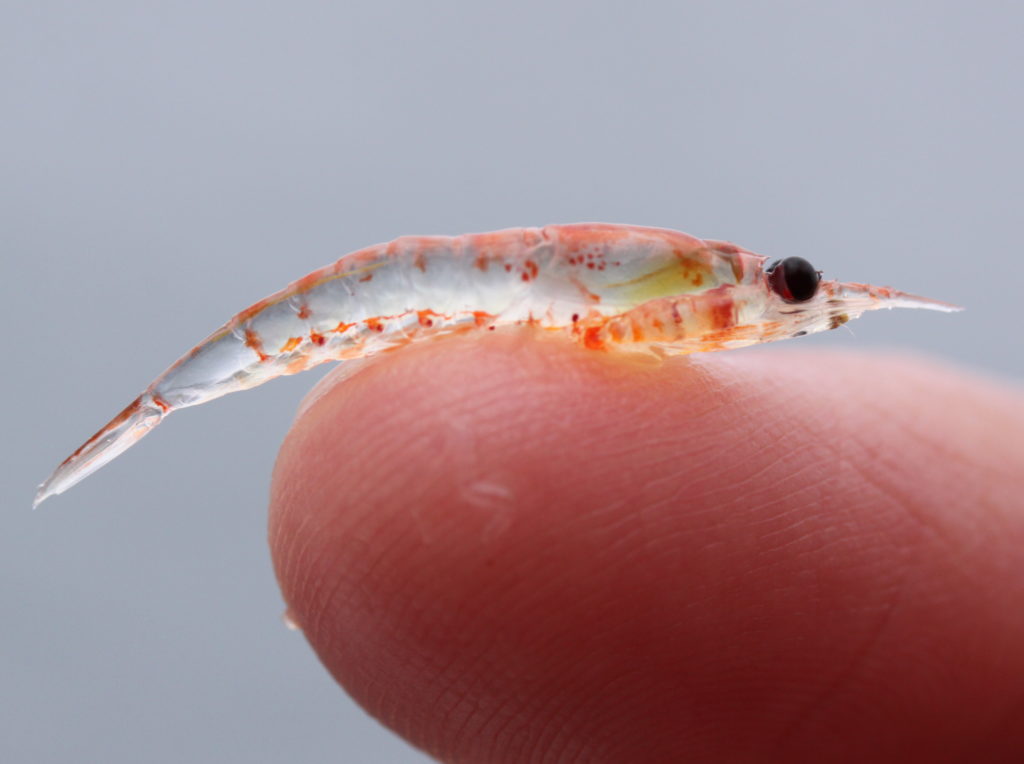
Isn’t it ironic that the largest animal to have ever existed on our planet eats one of the smallest animals on our planet? (The largest animal is a blue whale, in case you were wondering.)
Nevertheless, krill are still a major keystone species.
They are the carrier of nutrients.
These incredibly minute crustaceans feed on phytoplankton, which is extremely rich in nutrients such as amino acids, antioxidants, carotenoids, bioflavonoids and omega-3,6 fatty acids.
Krill not only feed whales but many other animals too, such as seals, penguins, squid, fish and even humans.
Woodpeckers
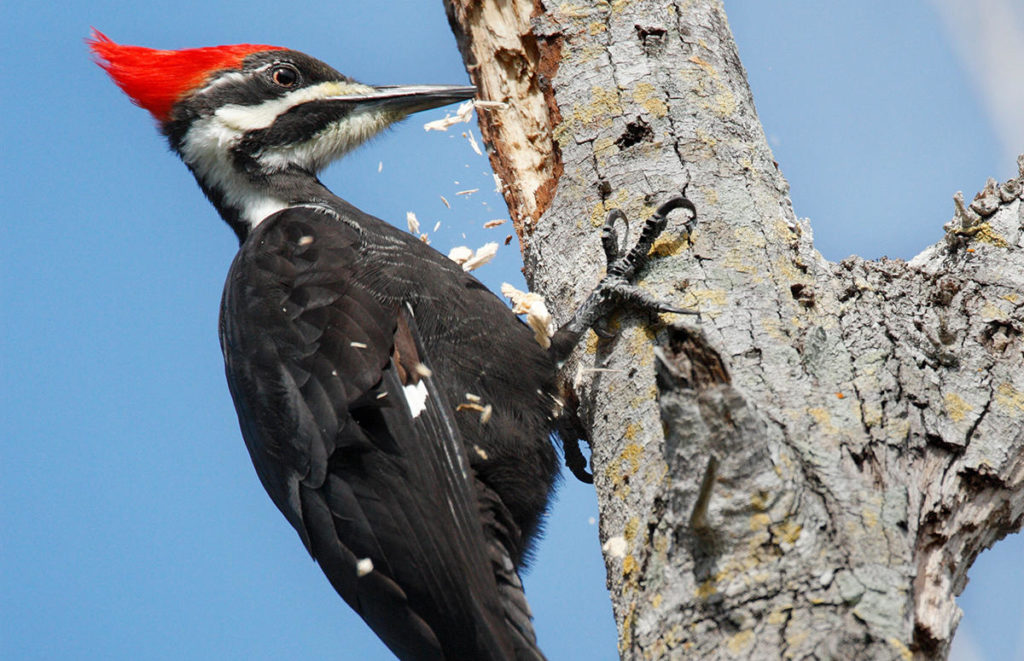
I love the confusion and impending light bulb moment woodpeckers leave me with.
Tap, tap, tap, what could that sound be? Tap, tap, tap, no, but seriously, what is that mysterious sound?
5 minutes later (and still confused), tap, tap, tap, (light bulb moment commences in 3,2,1) ah of course it’s a woodpecker!
Woodpeckers live solitary lives, but through their unwavering hard work they affect many other animal species.
By pecking audacious holes in trees, woodpeckers are creating nests for numerous animals such as wood ducks, swallows, bats, small owls and many more.
These animals literally depend on the woodpecker for housing, as they cannot make holes in hard tree trunks themselves.
Abandoned woodpecker nests provide much more comfort and security than those natural holes in tree trunks.
Not only do these birds build cozy dwellings for other animals, they also control insect populations. They feed on some of the most destructive forest pests such as bark beetles and wood-boring beetles. Since woodpeckers are not migratory, they police these pest population all year long.
Gopher tortoise
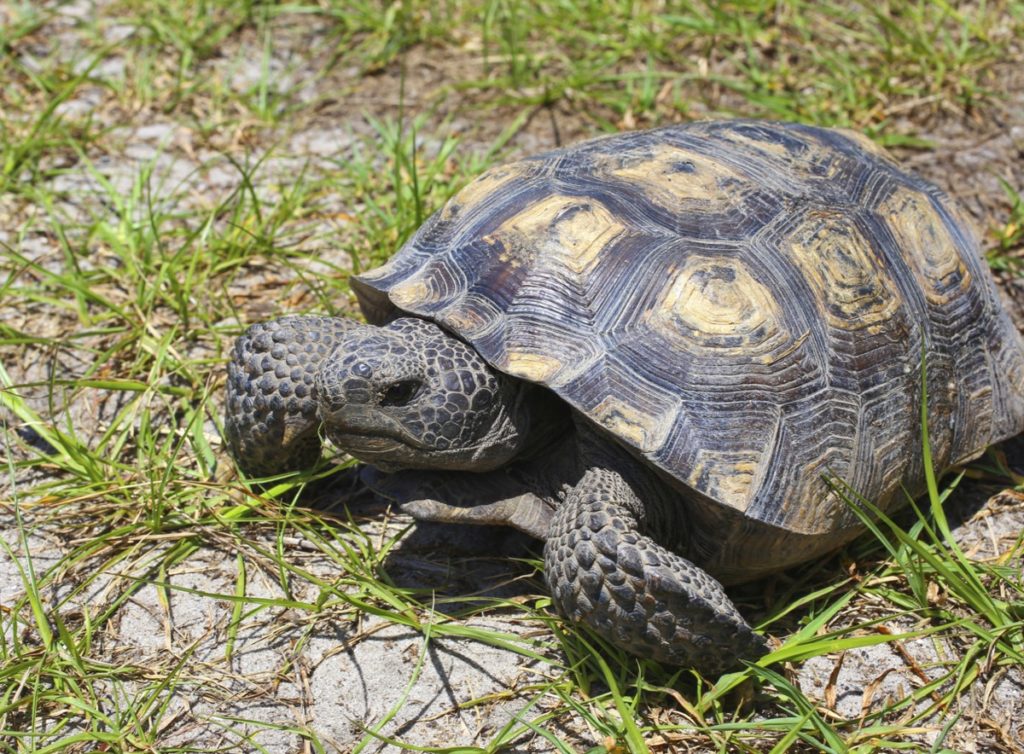
The gopher tortoise is a land tortoise. Their species originated in North America some 60 million years ago.
What makes this particular species a keystone is the fact that they like to dig large, long tunnels. They can be up to 20 feet deep and 70 feet long.
These burrows are not only used by the tortoise, but also by a variety of other organisms, including mammals, birds, reptiles, amphibians, and insects.
Besides being a comfy hideout, gopher tunnels are usually made in fire prone habitats. These tunnels are quite literally a life safer to hundreds of other animals in times of need.
American Alligator
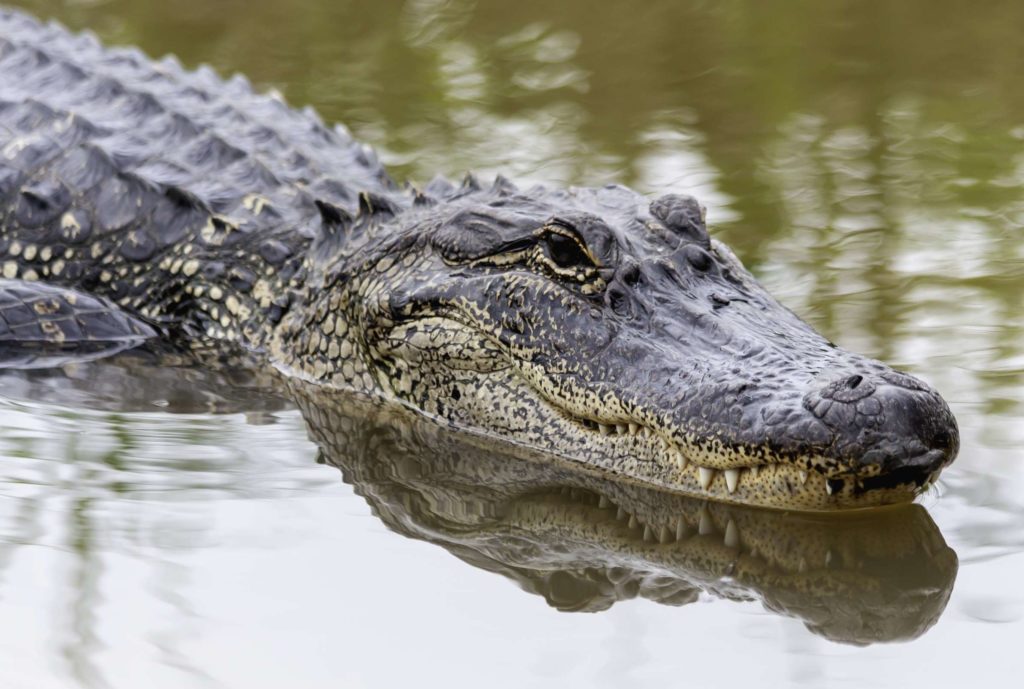
Alligators are wonderous reptiles. One word of advice from me to you though: Don’t get bitten by one.
One study showed that alligators bite down with 13,172 Newtons — or 2960 pounds (1342 kg) — of force.
Their tails are just as impressive as their bite, they use them to dig burrows in the mud for nesting and to keep warm.
When the alligator abandons their burrow, the hole fills with fresh water, which is then utilized by other animals as a source of drinking water or for breeding.
If alligators were to be removed from their native ecosystem, it would affect countless other species.
Saguaro Cactus
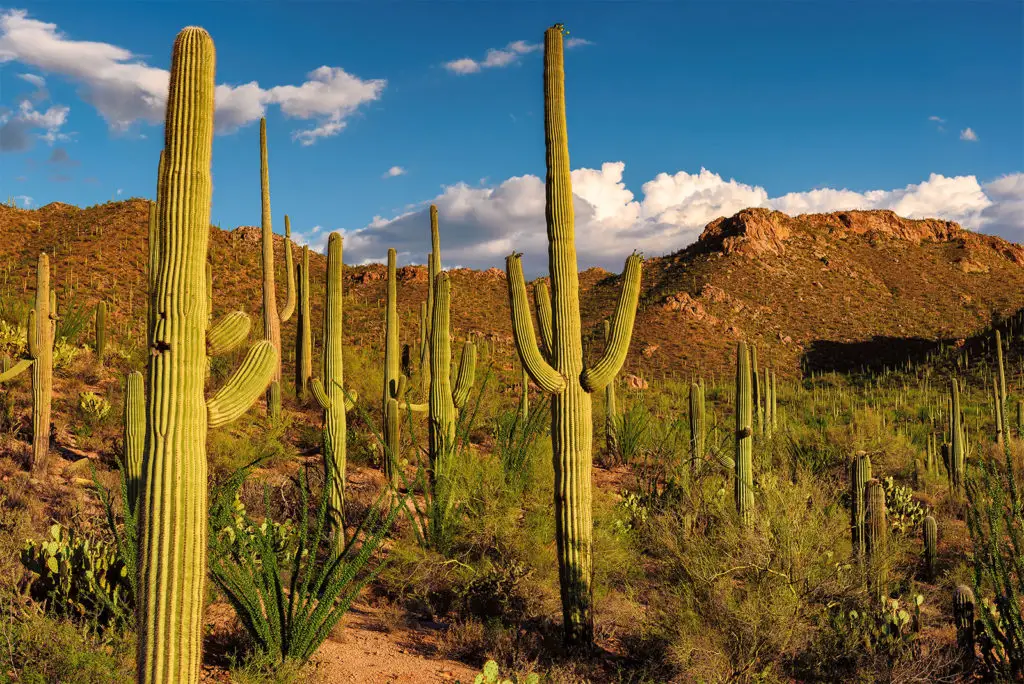
The saguaro cactus can soak and store up to 757 liters of water during a heavy downpour. If you ever find yourself stranded in a desert and come across one of these cacti, remember they have life-sustaining water inside of them.
But that’s not why the saguaros are a keystone species. These cacti offer nesting opportunities to many different species of bird, such as red-tailed hawks, gila woodpeckers, purple martins, and elf owls.
Alongside nesting quarters, the saguaro provide juicy fruit during the dry summer months, the only moist food source for animals during that time of year.
Bats
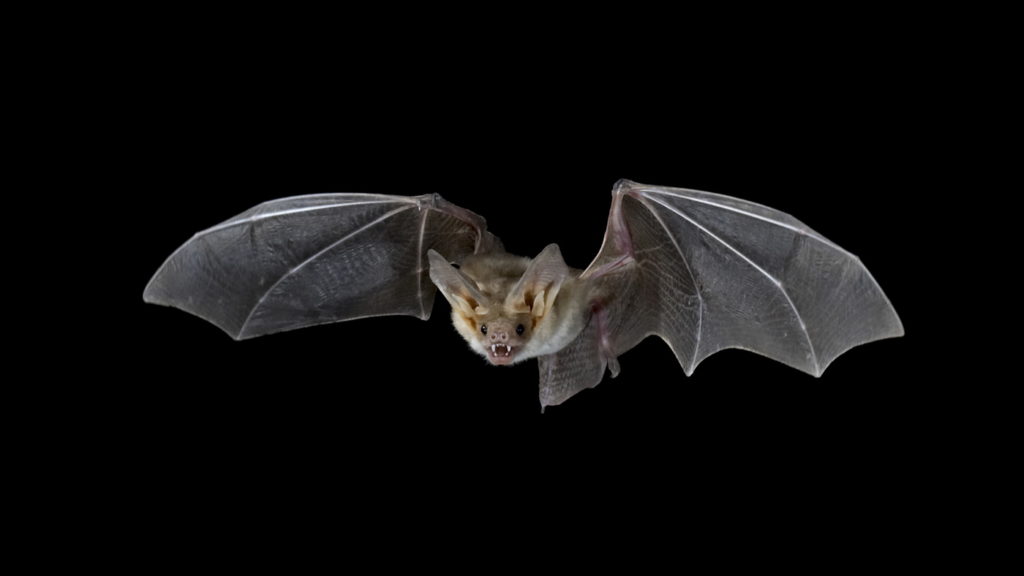
Bats are another keystone species example.
Our planet would be substantially different without bats. More than 1390 species of bats around the globe are playing a pivotal role in the natural health of ecosystems and human economies.
Some bat species consume vast amounts of insects, which include some of the most damaging agricultural pests. Others pollinate valuable plants, ensuring the productions of fruits which support local communities and many animal populations.
For example, consider the great baobab tree, located in the East African savannah. This tree is critical to the survival of many animal populations and is also known as the ‘African Tree of Life’. Yet, this life-sustaining tree depends solely on the bat for pollination. If bats were to go extinct in this area, the Tree of Life could die out, and along with it one of our planet’s richest ecosystems.
African termites
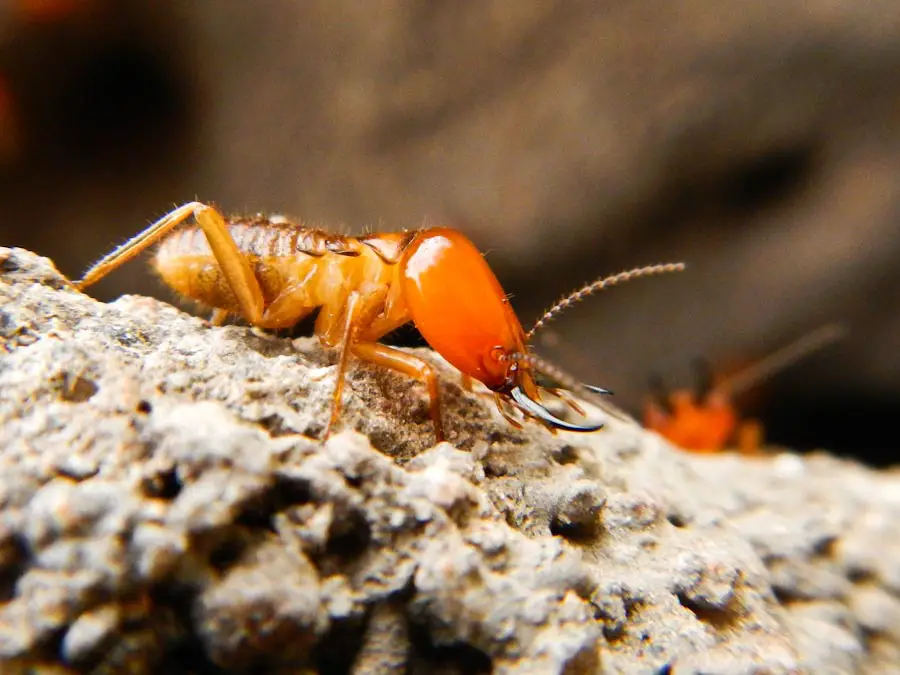
Termite mounds can reach as high as 30 meters and can be up to 60 years old.
They offer valuable security for small animals, such as mongoose and barbets, which build their homes inside the mounds.
Not only are these mounds perfect accommodation, but they also offer nutritionally rich grounds for many plant species to grow upon, sometimes even trees.
Termite mounds are actually responsible for higher reproductions rates in Acacia trees. They contain high levels of nitrogen, phosphorus, and important micronutrients, such as iron or zinc.
Bonus Keystone Species
This section allows our readers to suggest their unique examples of keystone species. We urge you to do your research, and let us know what you’ve found. We will list the best options below!
Wild Horse

It’s been well reported for well over 100 years that cattle held on vast expanses of land, are done so for profits at the expense of the land on which they graze.
However, one recent study showed the opposite for wild horses. Infact, grazed sites showed increased grass cover and species diversification.
Scientists now believe that horses are in actual fact a keystone species, which over millions of years of evolution, learned to modify their environment to suit their species.
It’s typical for wild horses to graze on lower quality grasses whose growth would otherwise be fuel for potential forest fires.
Besides this, horses have a somewhat inefficient metabolism, this means they need to eat A LOT in order to get the correct amount of nutrients.
This high quantity diet results in a lot of quality manure. It includes all the seeds of the plants they eat and enhances the soil fertility because of all the high levels of nitrogen.
The manure encourages plant growth which in turn attracts the return of both endangered plants and animals.
The Future
All these examples of keystone species remain an active part of the biological sciences. In the future, they are likely to continue being of interest in areas related to ecosystem engineers, invasive species, and nature/habitat conservation.
Although at times controversial arguments can arise when basing conservation plans on one specific keystone species.
Ultimately, understanding the anatomy of these animals, how to detect them and their basic overall influence on ecosystems may be the key we need to understand how to conserve and protect all of nature, period.
Further Reading:


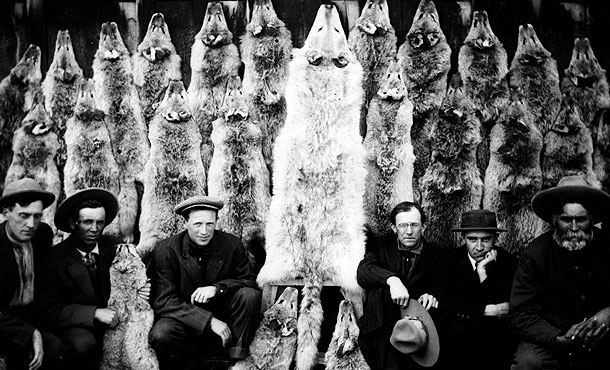

Maria Lisa Polegatto
Wednesday 11th of October 2023
Hi, whales are ecosystem engineers and keystone species.
Isabelle
Thursday 11th of May 2023
Are sea turtles a keystone species?
Dawn Onesty
Tuesday 29th of December 2020
WILD HORSE?
Kyle
Wednesday 30th of December 2020
Dawn, right you are. Wild horses are considered valuable assets to various eco-systems. We will add your suggestion in the next update :)
Maggie
Thursday 10th of December 2020
Just want to point out that coral are not plants. They are animals!
Kyle
Friday 11th of December 2020
Right you are Maggie! Coral is in fact made up of hundreds of thousands of tiny coral creatures called polyps.